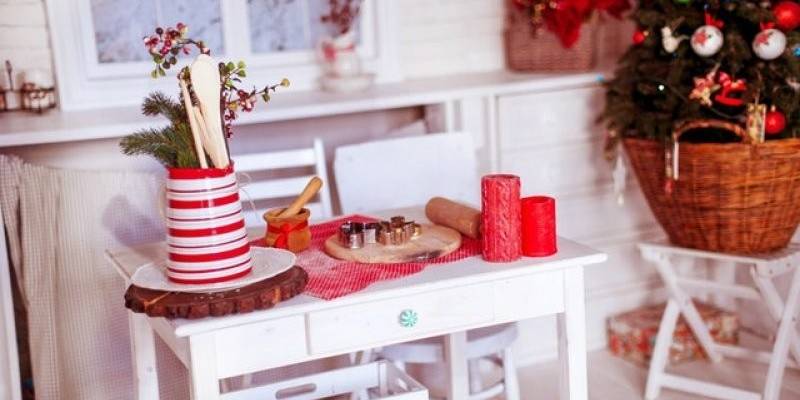Get to know the Spanish Christmas

Get to know Spanish Christmas and Christmas holidays - what do they look like?
In Spain, children's Christmas holidays normally start on 22 December. This is also when the results of the big Christmas lottery, which has been held every year since 1763, are announced. The first prize is called El Gordo de Navidad ("The Fat Man of Christmas"). In a live television broadcast lasting five hours, children from the St Ildefonso School in Madrid sing out the winning numbers. The top prize is €4 million.
WHAT TO DO ON 24 DECEMBER
La Nochebuena ("Good Night") takes place. On this night the whole family attends and a great feast is held, attending La Misa del Gallo ("The Rooster Mass)" and celebrating until the early hours of the morning. Legend has it that it was a rooster that first announced the birth of Jesus.
Meals
Unlike us, Spaniards choose from a wide variety of different dishes, which also vary depending on the area in which they live. They eat turkey, lamb, pork and various types of seafood. These are followed by sweets, which are mainly of Arabic origin, so almonds and honey are not to be missed:
el turrón - a bit like chalwa or Turkish honey,
el mazapán - marzipan figurines,
el polvorón - lard candy and various types of nuts, or various side dishes such as ham.
Drink cava (a type of wine similar to champagne), cider and other drinks.
WHAT TO DO ON 25 DECEMBER
Influenced by Anglo-American culture, Spaniards celebrate the arrival of the Spanish equivalent of Santa Claus, known here as Papa Noel. In many places, therefore, you'll spot the familiar red-and-white figure trying to get into a house through a balcony or window.
In the past, children used to go trick-or-treating on these days. They sang Christmas songs accompanied by instruments and were rewarded with sweets and money. Nowadays, the word aguinaldo is more likely to mean a Christmas gift from a company to its employees.
On this day, the feasting continues, preparing, for example, el puchero de Navidad, a dish consisting of meat, vegetables with pasta or rice.
WHAT TO DO ON 28 DECEMBER
El Día de los Santos Inocentes (The Day of the Holy Innocents) falls on this day, when the alleged murder of children by Herod is commemorated In Spain, the way of celebrating is similar to our April Fool's Day, TV and radio publish fake news, entertainment programmes are broadcast where famous people are ridiculed, also collections are made for needy children.
NOCHEVIEJA (NEW YEAR'S EVE)
Another day of feasting, with the difference that people celebrate more strongly and go out to celebrate outside the home and take part in entertainment events (el cotillón), the more affluent people perhaps on boats or abroad. At midnight, at each tolling of the bell, one grape ball is eaten for good luck.
LOS REYES MAGOS (THE THREE KINGS)
El Niño (The Child, so called because the Three Kings were to visit Santa Claus the following day, who is called Niño Jesús in Spanish). In some families, children spend the night preparing presents, water for the camels, milk for the Three Kings and shoes for presents. For breakfast, a special kind of ring-shaped pastry called El Roscón de Reyes is eaten, usually decorated with candied fruit, which is meant to symbolize the rubies and Esmeraldas that adorn the cloaks of the Three Kings. Inside is a figurine and a bob. It is said that whoever finds the bob pays the roscón and whoever finds the figurine is crowned king.
Feliz Navidad y Próspero Año Nuevo! Merry Christmas and Happy New Year!






